Which is better for your next renovation project: Kerdi board or cement board? Both have their pros and cons, but which one is the best fit for your specific need? Fortunately, we put together information to help you decide on your next project.
While both Kerdi board and cement board are commonly used as waterproof backing for tile, there are some key differences between the two materials. Let's discuss the following information to help you choose between the two:
- Uses: Cement board is ideal for areas that will be subject to a lot of water or moisture, such as showers or tub surrounds. Kerdi board, on the other hand, is best suited for areas that need to be waterproofed, such as floors or countertops.
- Composition: Kerdi board is made out of extruded polystyrene foam, whereas cement board is made out of Portland cement.
- Applications: You can isntall Kerdi board directly to drywall, while the cement board requires studs.
But before we discuss the details, let's find out what is a Kerdi board and a cement board. Stay with us as we delve into the composition and uses of these building materials.
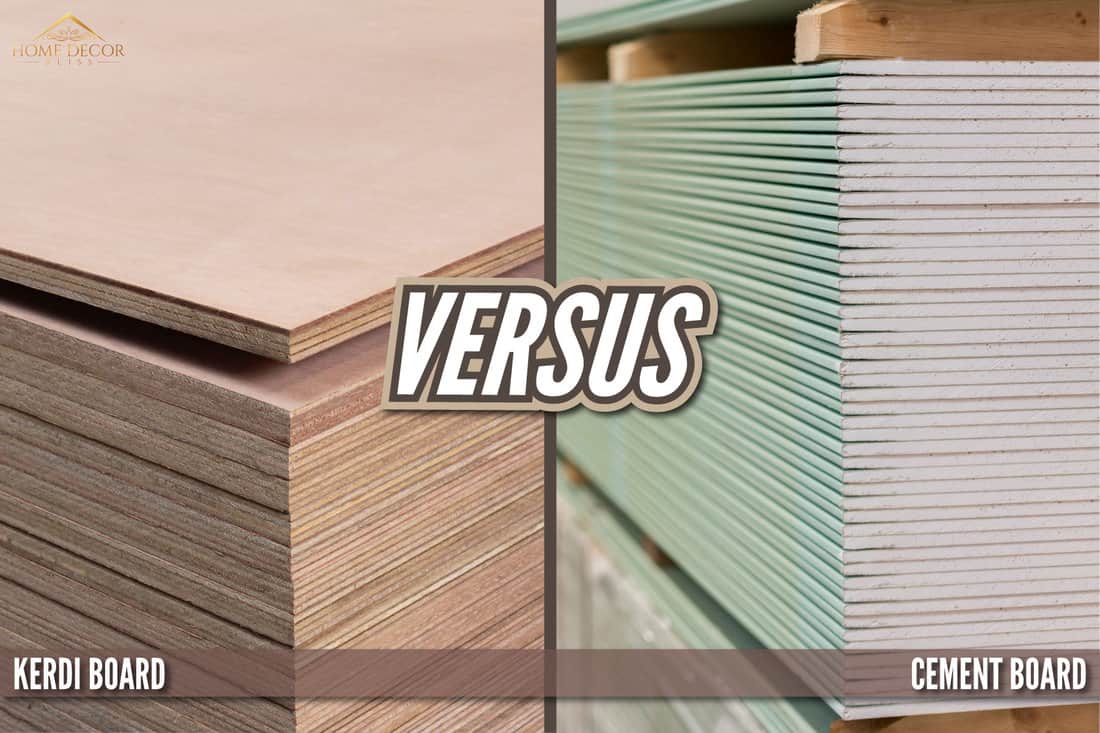
What is Kerdi Board?
This unique product offers many benefits for both professional contractors and DIYers. It is a lightweight, waterproof panel that can be used to create custom showers, backsplashes, and countertops.
Kerdi board is easy to install, can be cut to fit any space, and is easy to move around, making it perfect for backing large tiling jobs. It is also mold and mildew-resistant, making it an ideal choice for backing wet areas.
In addition, Kerdi board is available in a variety of sizes and thicknesses to suit any project requirements. Whether you are looking to create a custom shower or simply update your kitchen backsplash, Kerdi board is an excellent option.
Kerdi Board Uses
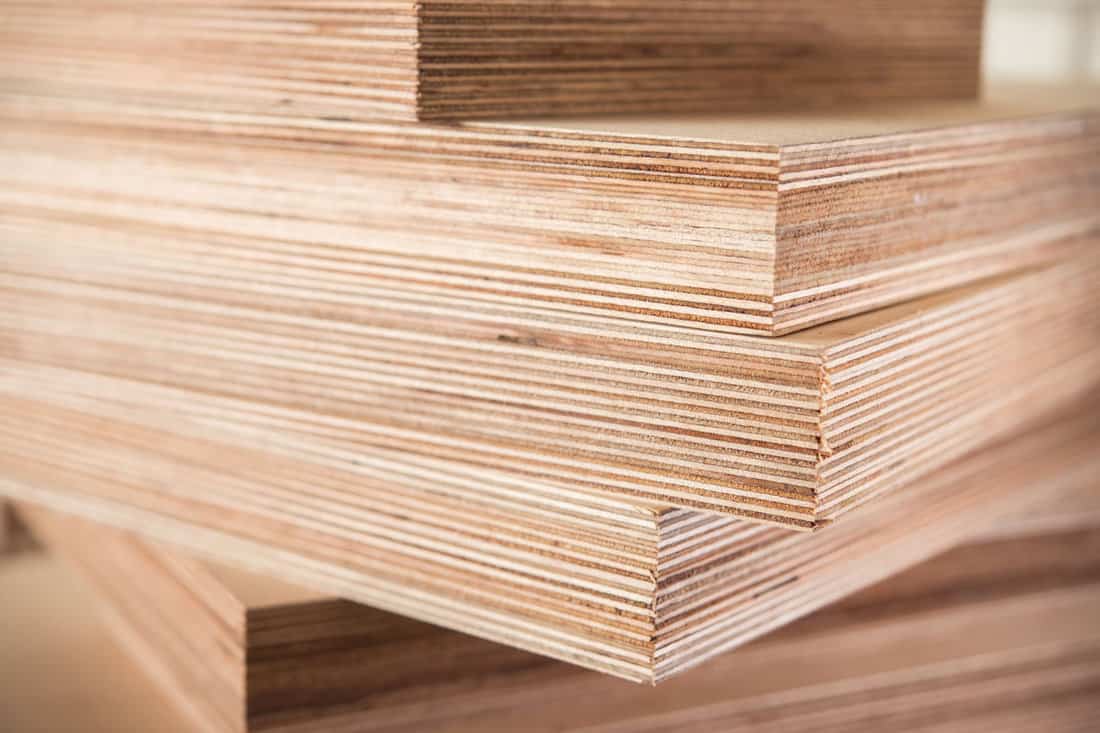
It can be used or installed over concrete or wood substrates, and it can even be used on curved surfaces in bathrooms, kitchens, and other areas where a watertight surface is needed.
Additionally, you can also use it in areas that need resistance to mold and mildew.
Kerdi Board Composition
It is made of extruded polystyrene foam with a reinforced fiberglass mesh laminated to one side. Let's closely look at those materials.
Extruded Polystyrene Foam
This type of plastic that is often used for insulation and packaging, also known as (XPS). It is made by extruding molten plastic through a die, which gives it a distinctive foamy appearance. XPS is known for its high-insulating properties and its ability to resist water absorption.
Reinforced Fiberglass Mesh
This is used in a variety of applications, from strengthening concrete to reinforcing drywall. The mesh consists of a grid of fiberglass strands bonded together with a resin. The resulting material is strong and flexible, making it an ideal choice for many construction projects.
In addition to its strength, reinforced fiberglass mesh also has excellent fire resistance and dimensional stability. Fiberglass mesh also does not corrode or rust, making it an ideal material for use in high-humidity areas.
Kerdi Board Installation
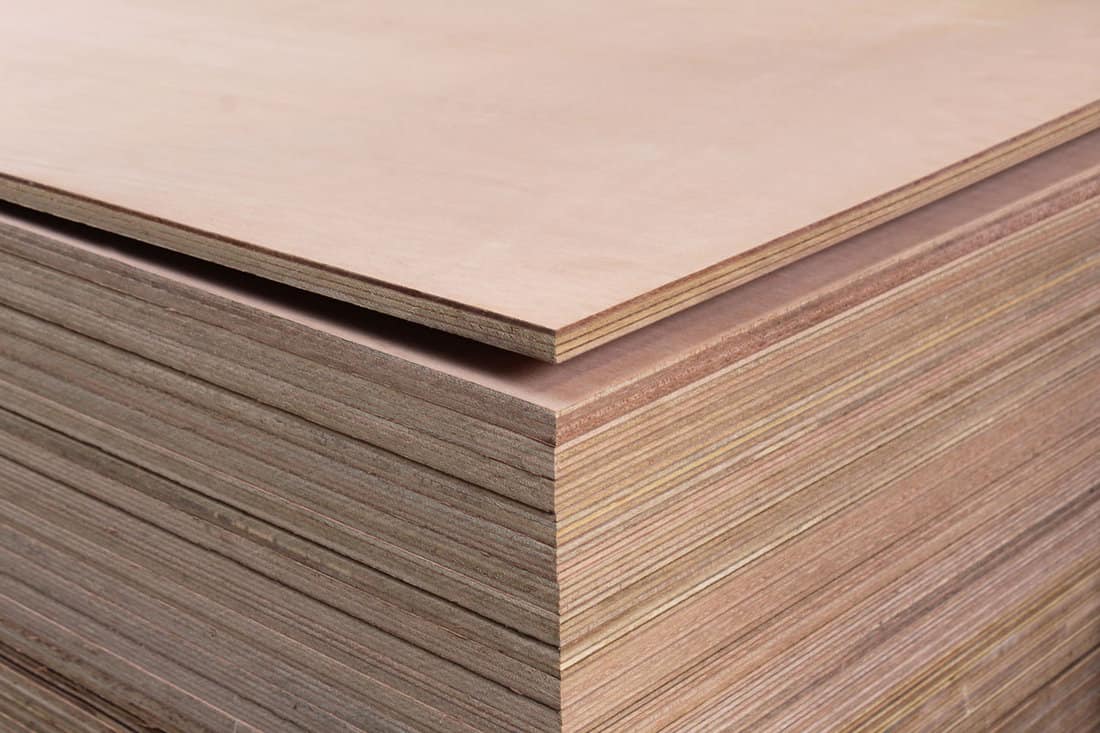
Applying the Kerdi board is a straightforward process, but there are a few things to keep in mind to ensure the best results.
- First is to make sure the surface you're working on is clean, dry, and free of any debris.
- Cut the Kerdi board to size, using a saw or a power saw. Make sure to cut it carefully to prevent unwanted cuts that might cause water leaking.
- Once the board is cut to size, apply a generous amount of Thin-set mortar to the back of the board with a trowel.
- Press the Kerdi board firmly, and adhere the board to the surface. Use spacers to maintain an even thickness between the boards, and allow the mortar to dry for at least 24 hours before continuing.
- Finally, once the mortar is fully cured, you can begin applying a layer of waterproofing sealant over the entire surface, other finishing material, or tiles.
One of the best waterproofing sealants is Redgard which takes 60 to 90 minutes to dry. When properly installed, the Kerdi board can provide an effective barrier against water damage and mold growth.
What is Cement Board?
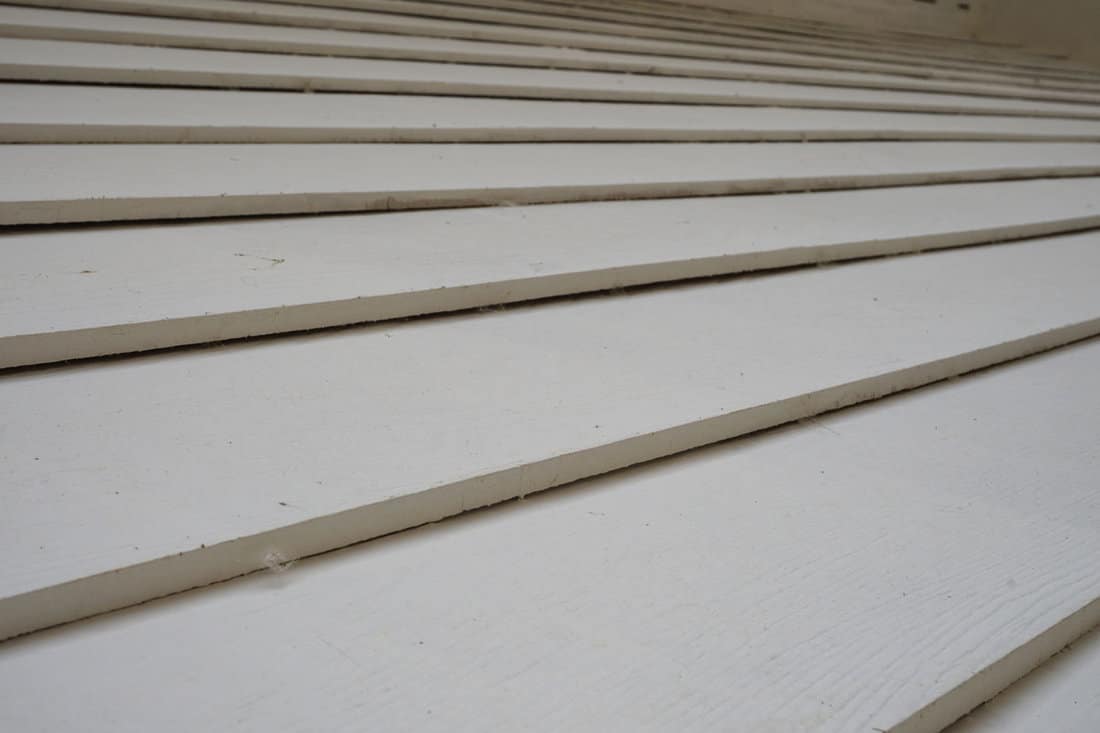
A cement board is a construction material typically used as a base for ceramic tile or similar materials. Cement board is available in a variety of thicknesses, sizes, and grades.
The most common type of cement board is 1/2 inch thick, but it can also be purchased in 3/8 inch, 5/8 inch, and 1/4 inch thicknesses. It is also available in 4-foot by 8-foot or 4-foot by 10-foot sheets.
When choosing a cement board, it is important to select the right thickness and grade for the job. The grade of the board will also be determined by the project requirements; for example, some projects might require a fire-resistant cement board.
Higher quality cement boards can be stamped with the "UL" logo, indicating that they have been tested and approved by Underwriters Laboratories. Improper installation can result in serious problems, such as cracks or leaks.
Cement Board Uses
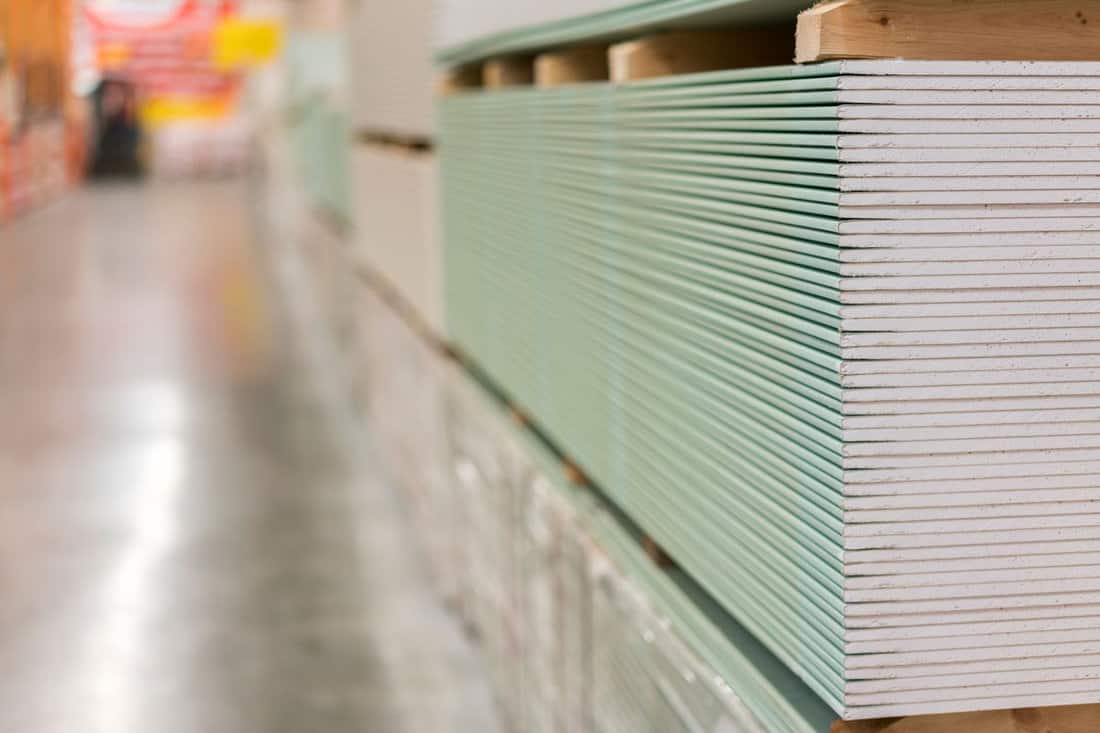
It is usually used for finishing the exterior of buildings, used as an underlayment for siding or stucco, and anywhere tile is installed. Highly durable and weather resistant, making it a popular choice among builders and homeowners alike.
Cement Board Composition
It is made from Portland cement, sand, and water, and it is covered with a fiber-reinforced layer.
Cement Board Installation
Applying cement board is the best way to create a solid base for a tiled surface. By taking a few extra steps during installation, you can ensure that your finished project will last for years to come.
Here are the basic steps for how to apply cement board:
- Choose the right location. Cement boards should be installed on a flat, level surface. If you're working on an uneven surface, you'll need to level it out before proceeding.
- Prepare the surface. Before applying cement board, you'll need to clean the surface and remove any loose debris or contaminants. If you're working with an existing tile surface, you'll also need to roughen up the surface so that the cement board can adhere properly.
- Cut the cement board to size. The cement board comes in large sheets, so you'll need to cut it down to size before installation. Use a sharp utility knife or scoring tool to make clean, straight cuts.
- Apply mortar adhesive. Spread a layer of mortar adhesive, such as Thin-set mortar, onto the prepared surface using a notched trowel. Be sure to evenly distribute the adhesive over the entire area where you'll be installing the cement board.
- Set the first sheet of cement board into place and secure it. Press the cement board firmly into the adhesive and use screws or nails to secure it in place along all four edges. Repeat this process until all of the cement board is installed.
- Cover seams with tape and joint compound. Once all of the cement board is in place, cover all of the seams with fiberglass tape and then spread the joint compound over them.
- Smooth out the joint compound with a putty knife and allow it to dry completely before proceeding.
With everything else in place, now you're ready to tile! Choose your favorite tile and follow the manufacturer's instructions for the best results.
View cement board tape on Amazon.
What are the Similarities between Kerdi Board and Cement Board?
Both Kerdi board and cement board are used in the same places, such as kitchens, bathrooms, and areas that need water resistance. They are both easy to install and can be cut to fit any space.
It is also good that these two materials are water resistant or waterproof to mold and mildew. Most importantly, they are available in a variety of sizes, thickness, and weight as dimensions differ per the board type.
Both products are easy to work with and can be cut to size with a standard utility knife. So, when deciding which product to use, it's important to consider the specific needs of your project.
What are the Differences between Kerdi Board and Cement Board?
Kerdi board and cement board have different application processes, so you must know the two different processes. Besides that, cement board is much more durable than Kerdi board, making it a better choice for high-traffic areas or places where moisture is likely to be a problem.
As for installing the two, Kerdi board is easier to install as you can directly place it over drywall, whereas the cement board must be attached to studs. Kerdi board is thinner than cement board.
Final Words
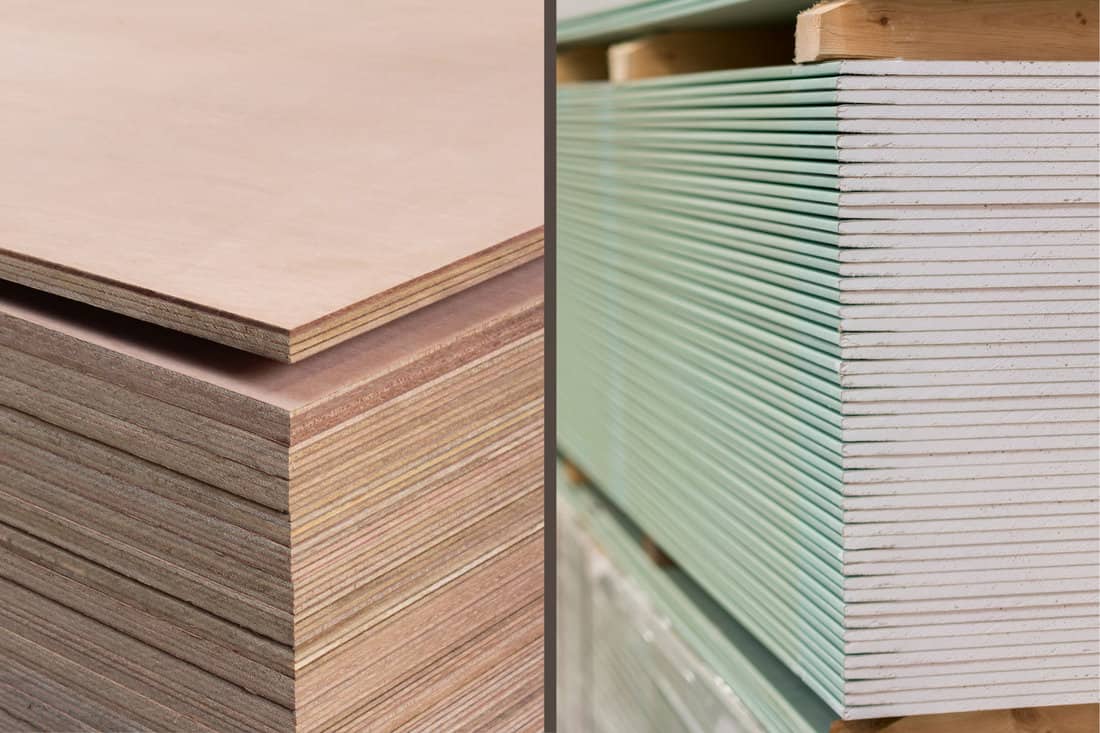
Now that you know the uses, differences, and considerations for your project, you can decide which product is right for you, taking into account the substrate material, moisture levels, tile type, and other factors.
If you'll need additional details for Kitchen or Bathroom repairs kindly check out this link below:
What Type Of Wallpaper Is Best For Bathrooms?
8×10 Bathroom Layout Ideas [Inc. Walk-In Shower, Corner Shower, and Tub Options]



